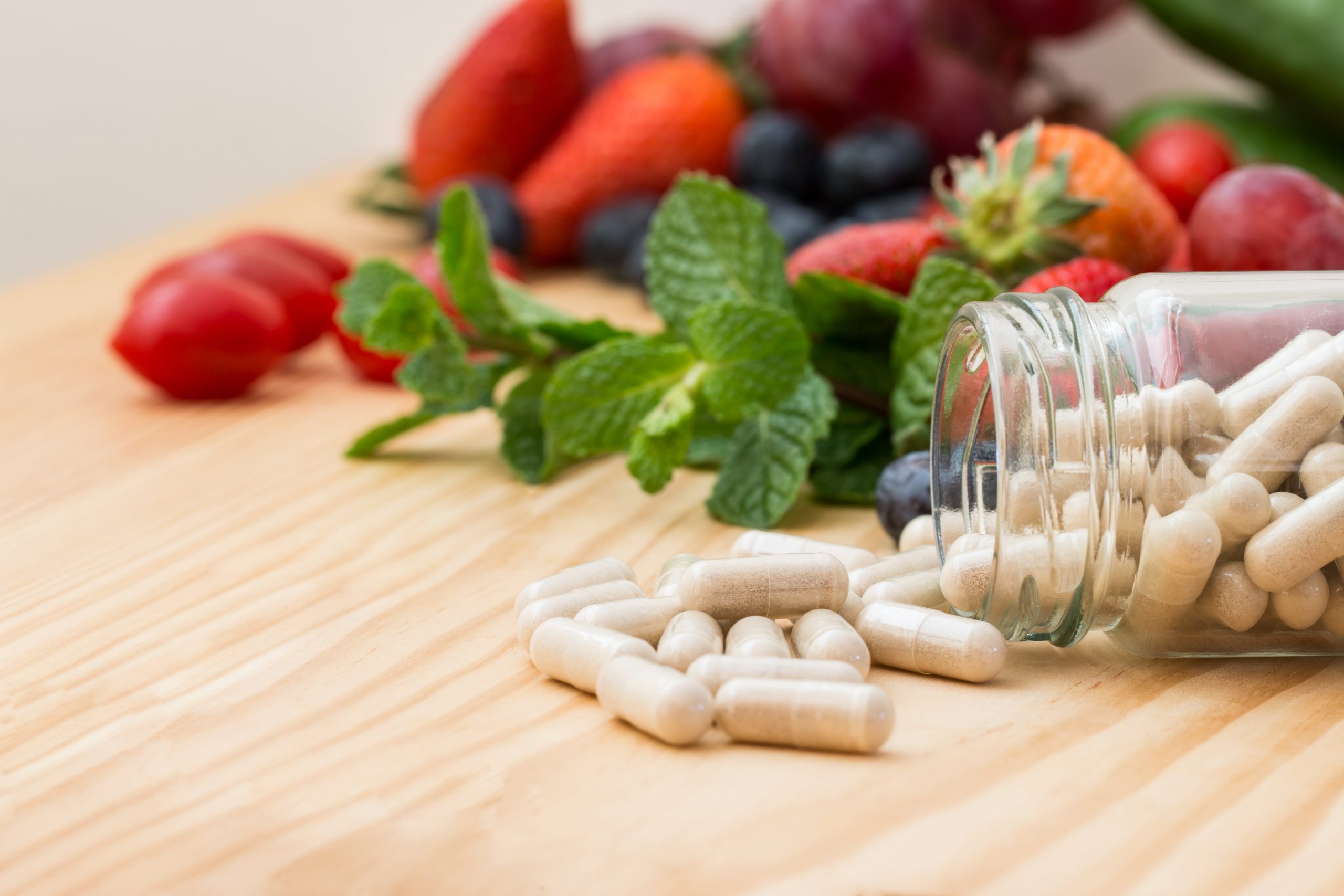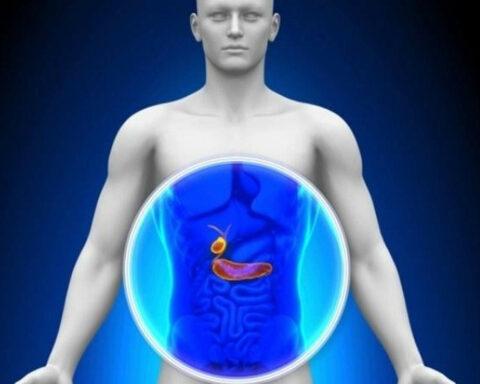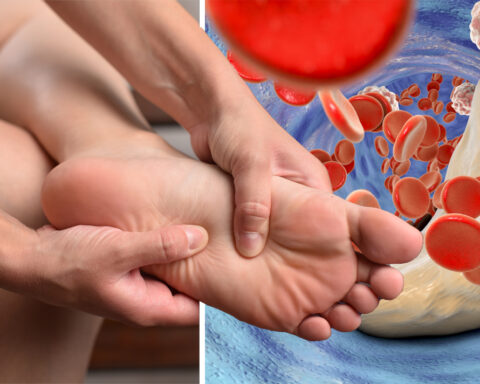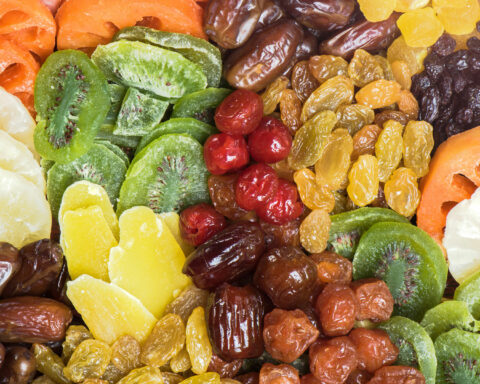Vitamin K is a clotting factor, meaning it plays a role in the formation of a clot. It is also involved in the protection of vital organs like the heart and bones.
Vitamin K can be obtained from a variety of foods. This makes it hard to have vitamin K deficiency. However, if taken in compromised amounts, your overall health may deteriorate over time. According to published studies, an inadequate vitamin K intake can lead to ease of bleeding, reduced bone density, and increased risk of developing heart disease.To prevent these conditions, one should aim at increasing their intake of vitamin K from different types of foods to meet an optimum level. The daily recommended intake (DRI) of vitamin K is 120 mcg. In this article, we will discuss the best foods that you didn’t know are high in vitamin K.
How To Meet The Daily Requirements of Vitamin K
Vitamin K1 is abundantly sourced from dark leafy green vegetables. For instance, approximately 443% of the DRI is contained in just 1 half cup of leafy kales. To increase your intake of vitamin K from vegetables and other sources, it is best to eat them alongside fat. This increases the absorption of vitamin K since it is a fat-soluble vitamin. Vitamin K2 on the other hand is specifically sourced from animal foods and fermented foods. It is also produced in the large intestines by good gut bacteria. A very good example of vitamin K2 source is Natto which is fermented soybeans made in Japan. It can also be sourced in abundance from cheese, beef, and organ meat such as the liver.The path taken to metabolize vitamin K1 and K2 as well as their functions is different.
Foods Rich in Vitamin K
Green Leafy Vegetables
Cooked Kales
Kale is a widely sold green leafy vegetable. All around the world, most people eat kale, and is a staple food for many. One single serving of kales in just half a cup provides 531 mcg of vitamin K while 100 g of kales packs 817 mcg of vitamin K. This is approximately 443% of the DRI of vitamin K.
Cooked Mustard Greens
Cooking mustard green for long will strip it of vital nutrients. So cook it lightly. In just half a cup of this vegetable, there is 415 mcg of vitamin K, an equivalent of 346% of the DRI. 100 g provides 593 mcg of vitamin K.
Raw Swiss Chard
Just one fresh green leaf of Swiss chard provides 398 mcg of vitamin K, an equivalent of 332% DRI, whereas 100 g provides up to 692% DRI.
Cooked Collard Greens
One serving of collard green in half a cup provides up to 322% of the RDI of vitamin K. This is 386 mcg, whereas 100 g of collard greens pack 407 mcg.
Natto
You will be provided with up to 313 mcg of vitamin K which is the equivalent of 261% of the DRI in just 1 ounce of Natto. 100 g of Natto packs up to 920% of the DRI of vitamin K.
Raw Spinach
This delicious and nutritious vegetable provides up to 121% of the DRI of vitamin K which is 145 mcg in a single serving. 100 g of raw spinach provides 483 mcg of vitamin K.
Brussels Sprouts
To get the most out of this particular vegetable, you need to cook lightly. In just one serving, it will pack 109 mcg of vitamin K while 100 g will pack 140 mcg which are 91% and 117% of the DRI of vitamin K.
Cooked Broccoli
Half a cup of cooked broccoli provides 110 mcg of vitamin K while 100 g provides 141 mcg, in just a single serving.
Animal Sources
Animal parts provide vitamin K2.
Liver (Beef)
Out of the animal sources, beef liver leads. With just 1 slice of liver, you will be provided with 72 mcg of vitamin K or 106 mcg in 100 g, which is 60% and 88% of the DRI.
Chicken
Chicken provides up to 43% of the DRI of vitamin K which is 51 mcg in just one serving. 100 g can provide you with 60 mcg which is equivalent to 50% of the DRI.
Pork
Though most people don’t eat pork, it is a good source of vitamin K providing 59 mcg of vitamin K in 3 ounces which is up to 49% of the DRI. 100 g of pork provides 69 mcg of vitamin K in just one serving.
Goose Liver Paste
Even if it’s small, goose liver is loaded with vitamin K. When made into a paste, just one tablespoon of goose liver paste provides 48 mcg of vitamin K while 100 g provides 369 mcg. This is equivalent to 40% and 308% of the DRI of vitamin K.
Bacon
One serving of bacon approximately 3 ounces, provides 30 mcg of vitamin K which is about 25% of the DRI. 100 g of bacon provides 35 mcg of vitamin which is up to 29% of the DRI.
Dairy Foods Rich In Vitamin K
Dairy foods and products taken as a source of vitamin K only provide vitamin K2. The value of vitamin K varies depending on the farmer, diet the animal is fed on, and region.
Hard Cheese
Hard cheese provides 20% of the DRI of vitamin K in one serving in just 1 ounce, which is 25 mcg. 100 g of hard cheese provides 87 mcg of vitamin K which is equivalent to 72% of the DRI.
Jarlsberg Cheese
One slice of Jarlsberg cheese provides up to 19% of the DRI of vitamin K which is about 22 mcg, while 100 g provides up to 66% of the DRI which is equivalent to 80 mcg of vitamin K.
Edam Cheese
In a single serving, 1 slice of Edam cheese provides 13 mcg of vitamin K which is equivalent to 11% of the DRI while 100 g provides 49 mcg.
Conclusion
Vitamin K is a vital factor in the process of clot formation. It also plays a role in strengthening bones and protecting the heart. Rich sources of vitamin K include kales, collards, spinach, liver, and Natto among others.
- Learn to Enjoy Self-care Routine - September 21, 2023
- Jonathan Aufray’s Story - July 29, 2023
- From Public Housing To Ivy League: The Inspiring Journey of Crystaltharrell.com and its Founder - June 7, 2023









